You would think that after years of diligently following a skincare routine, researching ingredients and products and brands, and spending extra money to buy foreign products that I would have near perfect skin. I wish that were the case, but the truth is that although my skin has improved overall, I still frequently get pimples that leave behind scars. I still have to deal with dry spots, large pores, blackheads, and an oily T-zone.
For me, having combination skin means smooth and glowing skin on certain parts of my face, and dark and cracking skin on other parts. If I don’t cleanse properly or if I skip a day of cleansing altogether, my skin reacts by forming small red bumps along my cheeks and forehead the very next day. Some days, my skin is extremely dry for non-obvious reasons. Even when I am following the same skincare routine as any other day, with the same products, my skin can become easily irritated.
There are many reasons why this might be the case. Of course, your skincare products may not be suited for your skin type, they may be clogging your pores, or they may have chemicals that irritate your skin. I’ve noticed that when I don’t drink enough water and when I am under stressful conditions, everything gets reflected on my face. My skin will flake and peel, the color of my face is darker and duller, my eyes and the area around them becomes irritated, and my lips will crack. When this happens, I try to make sure to at least properly cleanse my face, exfoliate (either chemically or physically), drink more water, and take more time to destress and relax. Stress can cause your acne to worsen and your acne may, in turn, give you more stress.
When it comes to sensitive skin, it’s important to know what you are putting on your face. You should be careful when introducing new skincare products to your routine. Even though I have combination skin, I still tend to buy and use products that are marketed to those with dry skin. I also focus on cleansing the skin to keep it from becoming too oily and causing breakouts. In some cases, if you have combination skin, you may want to use different products on different parts of your face. You can apply a lighter lotion to your entire face and add a heavier cream to the parts that tend to become dry, cracked, and tight. If you have a routine with many products and you think that the number of layers may be leading to oily skin and more acne, you can always lessen a number of products you put on your face.

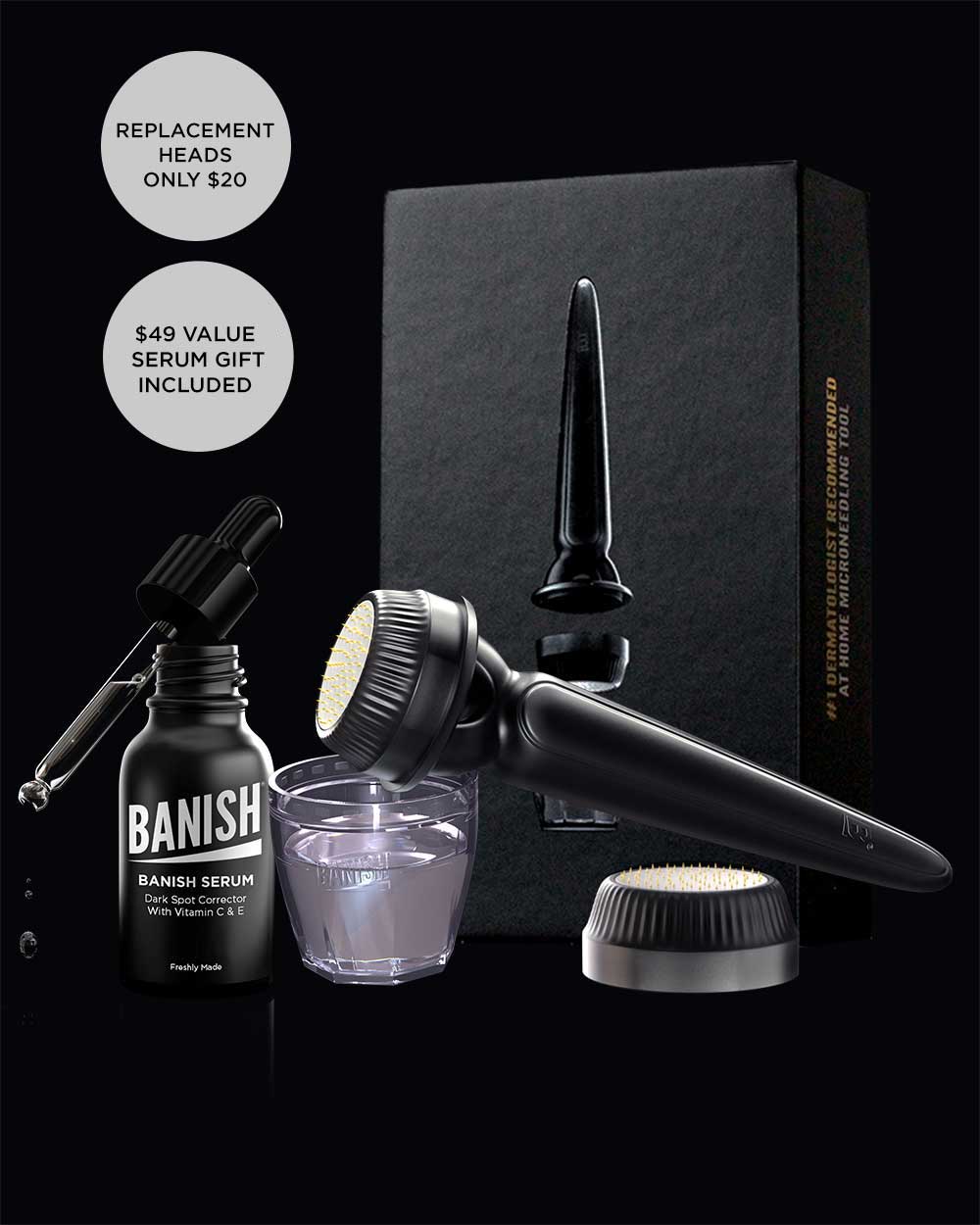





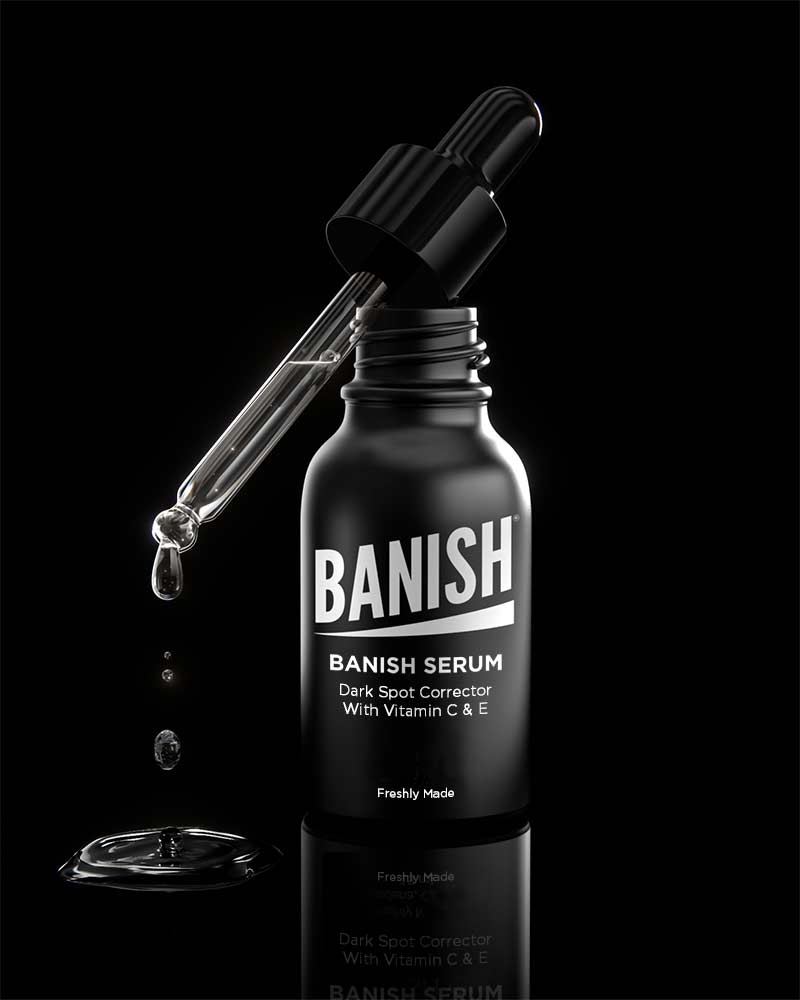

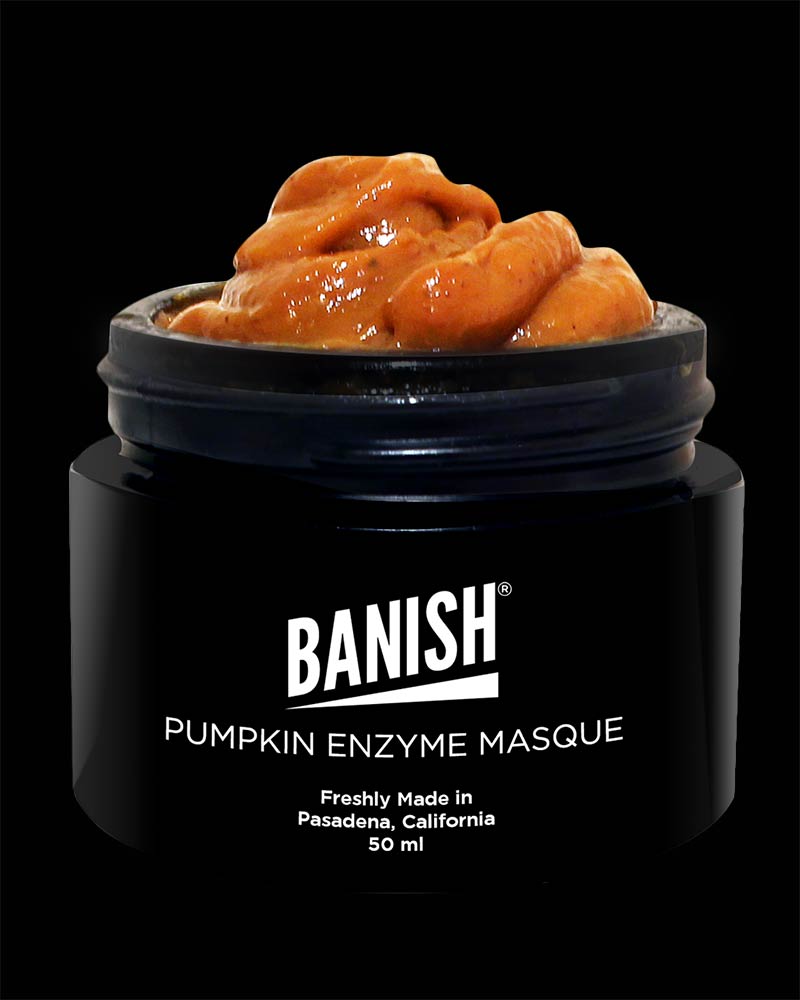
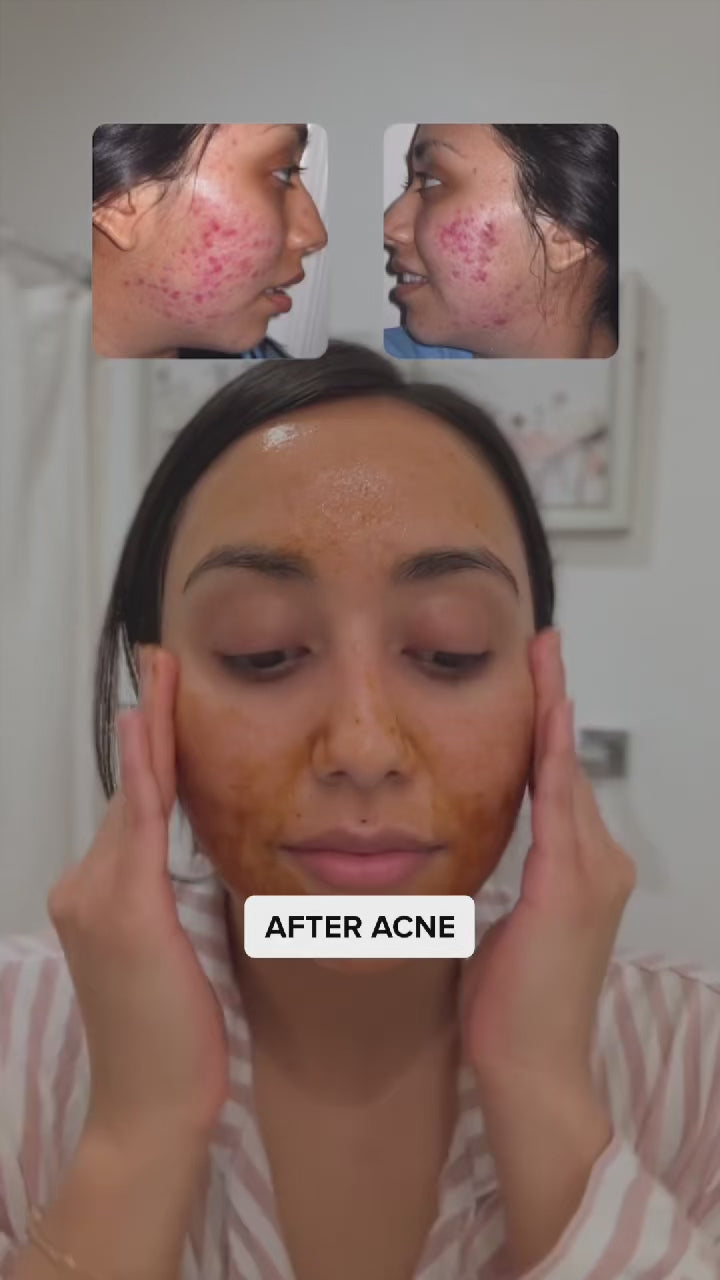

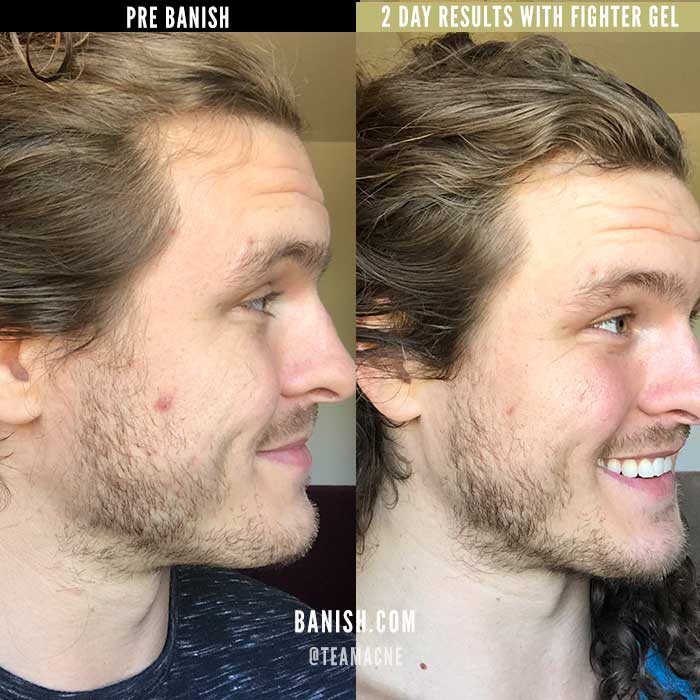
Leave a comment
All comments are moderated before being published.
This site is protected by hCaptcha and the hCaptcha Privacy Policy and Terms of Service apply.